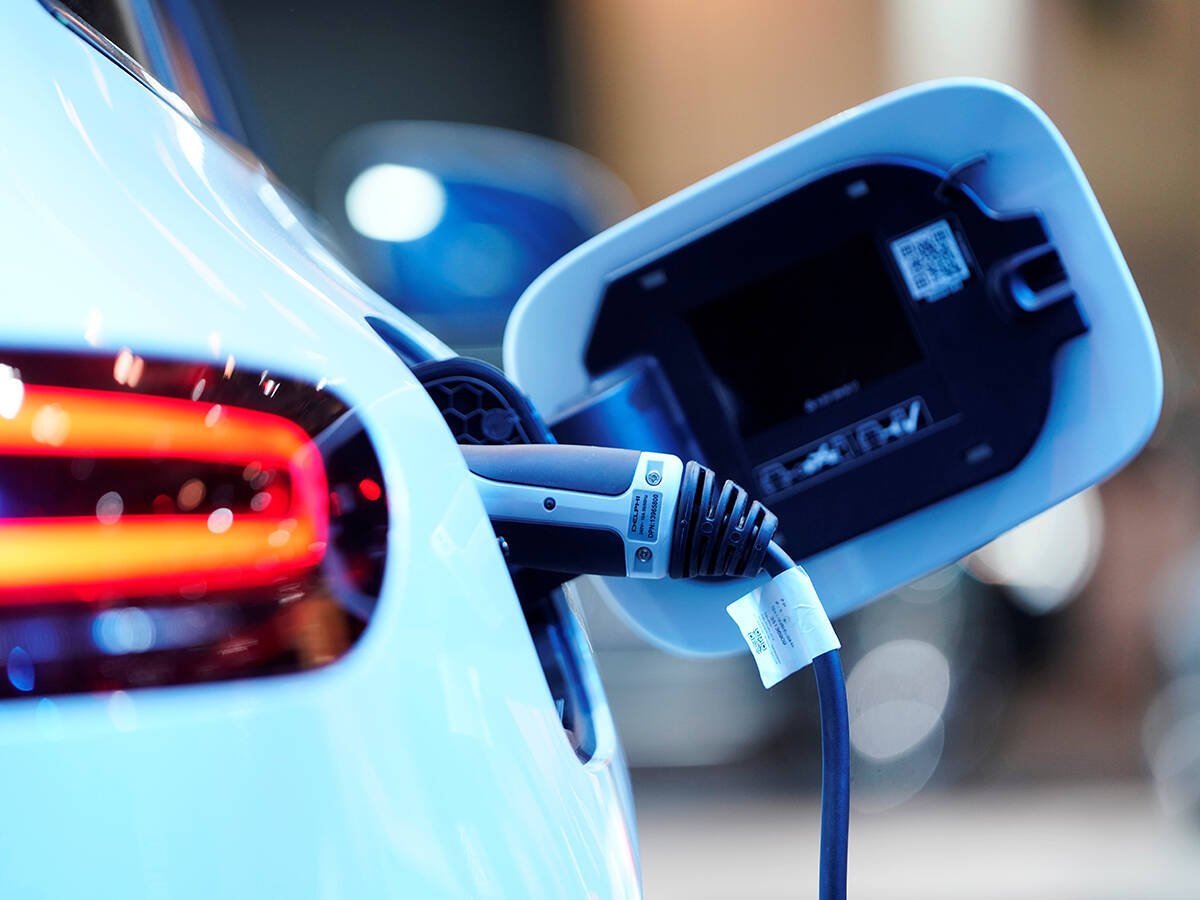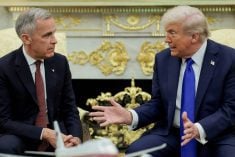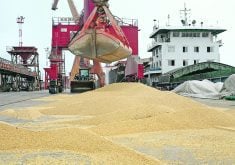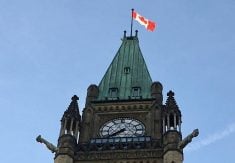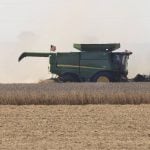SASKATOON — Lobbying by western Canadian premiers and farm groups to eliminate the tariff on Chinese electric vehicles is being met with fierce resistance.
China’s ambassador to Canada recently implied that China would remove its tariffs on canola and other agricultural commodities if Canada drops its 100 per cent tariff on EVs imported from China, which has been in place since October 2024.
“China’s tariffs on Canadian agricultural products are a countermeasure against the EV tariffs and the unilateral unjustified tariffs on China’s steel and aluminum products,” Wang Di told CTV Question Period through a translator.
Read Also
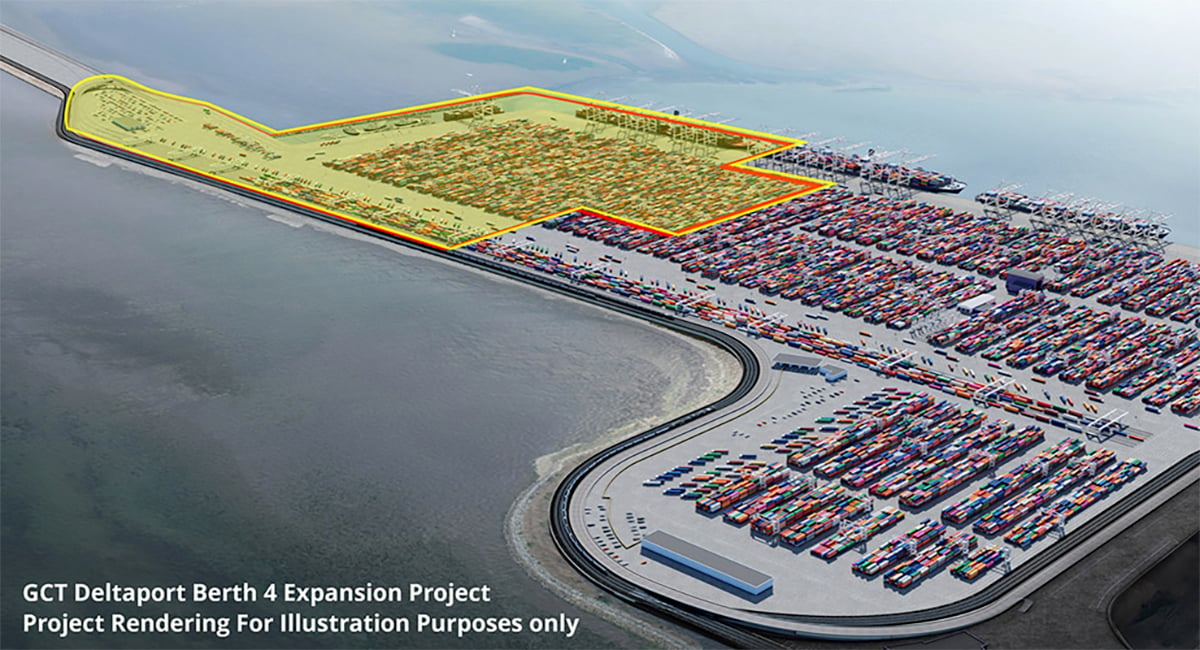
Container dispute embroils Port of Vancouver
GCT wants to expand its existing container terminal at the Port of Vancouver, but it is running into opposition from the port itself.
“If Canada is ready to correct this practice, China will also respond accordingly.”
Government review
A spokesperson for the federal finance department said a scheduled one-year review of the EV, steel and aluminum tariffs is underway.
“As part of this review, the Government of Canada will assess whether there have been developments with respect to China’s non-market policies and practices that led to the imposition of the surtaxes, and whether the scope of the surtaxes remains appropriate,” he said in an email.
“The government is cognizant of the interest that many stakeholders have in the timely completion of this review.”
Politics or economics?
Addisu Lashitew, associate professor at McMaster University, said Canada’s EV tariffs have more to do with politics than economics.
They were implemented in response to lobbying from former U.S. president Joe Biden’s administration.
China was not a major car manufacturing power historically, but that has rapidly changed to the point where in 2024, it became the world’s leading exporter of vehicles.
“That kind of rattled American automakers,” said Lashitew.
In response, the United States slapped a 100 per cent tariff on Chinese electric vehicles and Canada later followed suit.
Both Canada and the U.S. have new leaders since those tariffs were implemented.
U.S. president Donald Trump has doubled down on Biden’s EV tariff. Their stance on China is one of the few things on which Trump and Biden agreed.
Lashitew said prime minister Mark Carney is far more of a free trader than his predecessor, but he is reluctant to lift the EV tariffs for fear of angering the Trump administration while he is in trade talks with Canada’s powerful neighbour.
Western premiers voice their disapproval
In the meantime, Carney is getting an earful from farm groups and two of Canada’s western premiers.
“Our message to the federal government is that farmers will not stand for the loss of billions of dollars of agri-food exports developed over decades because the federal government chooses to protect another sector of the Canadian economy,” Carl Potts, executive director of Saskatchewan Pulse Growers, said in a recent Pulse Points column.
The Chinese ambassador’s comments also prompted Manitoba premier Wab Kinew to write a letter to Carney urging him to eliminate the EV tariff in exchange for China restoring full access for Canadian agricultural products.
“While protecting our automotive sector is important, the current approach has created a two-front trade war that disproportionally impacts Western Canada,” he said.
China recently implemented a 75.8 per cent antidumping tariff on canola seed. That is in addition to the 100 per cent tariff on canola oil, meal and peas, as well as a 25 per cent tariff on aquatic products and pork that has been in place since March.
Western Canada pays the price
Saskatchewan premier Scott Moe, who in March called the tariff “a western Canadian expense at the benefit of a non-existent EV auto industry in Eastern Canada,” also jumped on the ambassador’s comments.
“It’s time for Ottawa to get this deal done on behalf of 200K Canadian workers,” he said in a post on the X social media platform.
Ontario premier Doug Ford said he understands why Kinew and Moe are pushing to get rid of the EV tariff.
“I respect what they’re doing, but there’s no damn way we should drop tariffs on China, I’ll tell you that,” he recently told CTV News.
Ford’s position is in lockstep with two powerful Ontario-based automotive industry organizations.
Brian Kingston, president of the Canadian Vehicle Manufacturers Association, told CTV that the EV tariffs need to stay in place.
Vehicle manufacturers say tariffs must stay in place
“They are extremely justified because the Chinese economic model follows a very simple formula — scale, dump and destroy,” he said.
China has doled out US$230 billion in subsidies scaling up its EV sector and dumping excess product abroad.
By the end of the decade, it will be exporting nearly 10 million EVs per year.
That tidal wave of exports will destroy the automobile manufacturing industries in markets such as Canada through predatory pricing, said Kingston.
Flavio Volpe, president of the Automotive Parts Manufacturers’ Association, said the tariffs need to stay in place to buy time for Canada’s automotive sector to catch up with the Chinese.
He told CTV that Canada’s automobile sector directly employs 150,000 people and indirectly employs 500,000.
Volpe said eliminating the tariff on Chinese EVs would anger the U.S. and annoy Mexico, which just levied a 50 per cent tariff on all Chinese vehicles.
Kingston acknowledged that Canada also subsidizes its automobile sector, but it is on an entirely different scale.
“China is the big leagues of subsidization,” he said.
“The amount of money that they put into the sectors that they strategically target is far beyond anything we would see in North America.”
Economic impact
Volpe said China’s lucrative subsidies also extend into its steel, aluminum and plastics industries, which are used to make car parts.
“That’s over $1 trillion in subsidies,” he said.
Kingston added that China also benefits from weak labour practices and weak environmental stewardship.
A typical Chinese manufacturing facility pays its workers $2 to $5 per hour compared to $44 plus pension and benefits in Canada.
As well, 60 percent of China’s electricity is still coal-fired versus 80 per cent renewable electricity in Canada.
Lashitew doesn’t know what Carney will do, but he wonders if a compromise is on the horizon.
He thinks Carney might replace the 100 per cent tariff with a more measured countervailing duty such as what the European Union has adopted, which ranges from 7.8 to 35.3 per cent depending on the manufacturer.
Lashitew hopes there is some resolution because the tariffs are hurting Canadian farmers and consumers as well as Canada’s environmental sustainability objectives.
“We are losing much more than we are gaining,” he said.
Cars vs canola
The Trillium Network for Advanced Manufacturing recently published a report called Cars & Canola: The Economic Contributions of Two Trade-Impacted Industries, which attempts to sort out which is the bigger sector.
The report details how Canada’s vehicle assembly industry contributed $7.8 billion to Canada’s gross domestic product in 2024. Canada’s automotive parts manufacturing industry chipped in another $11.3 billion.
By comparison, canola crop production directly contributed $4.5 billion to GDP, while the crush sector added another $0.5 billion.
“Based on these data, Canada’s automotive industry contributed $19.2 billion in GDP and directly employed 118,120 people in 2024,” stated the report.
“The canola industry contributed $5 billion to GDP and directly employed 21,576 people.”
The canola sector likes to use a figure of $43.7 billion based on a report by GlobalData, but Trillium said that figure is “at best an overreach and at worst overblown.”
“It captures an unusually wide range of purported economic benefits,” stated the Trillium report.


